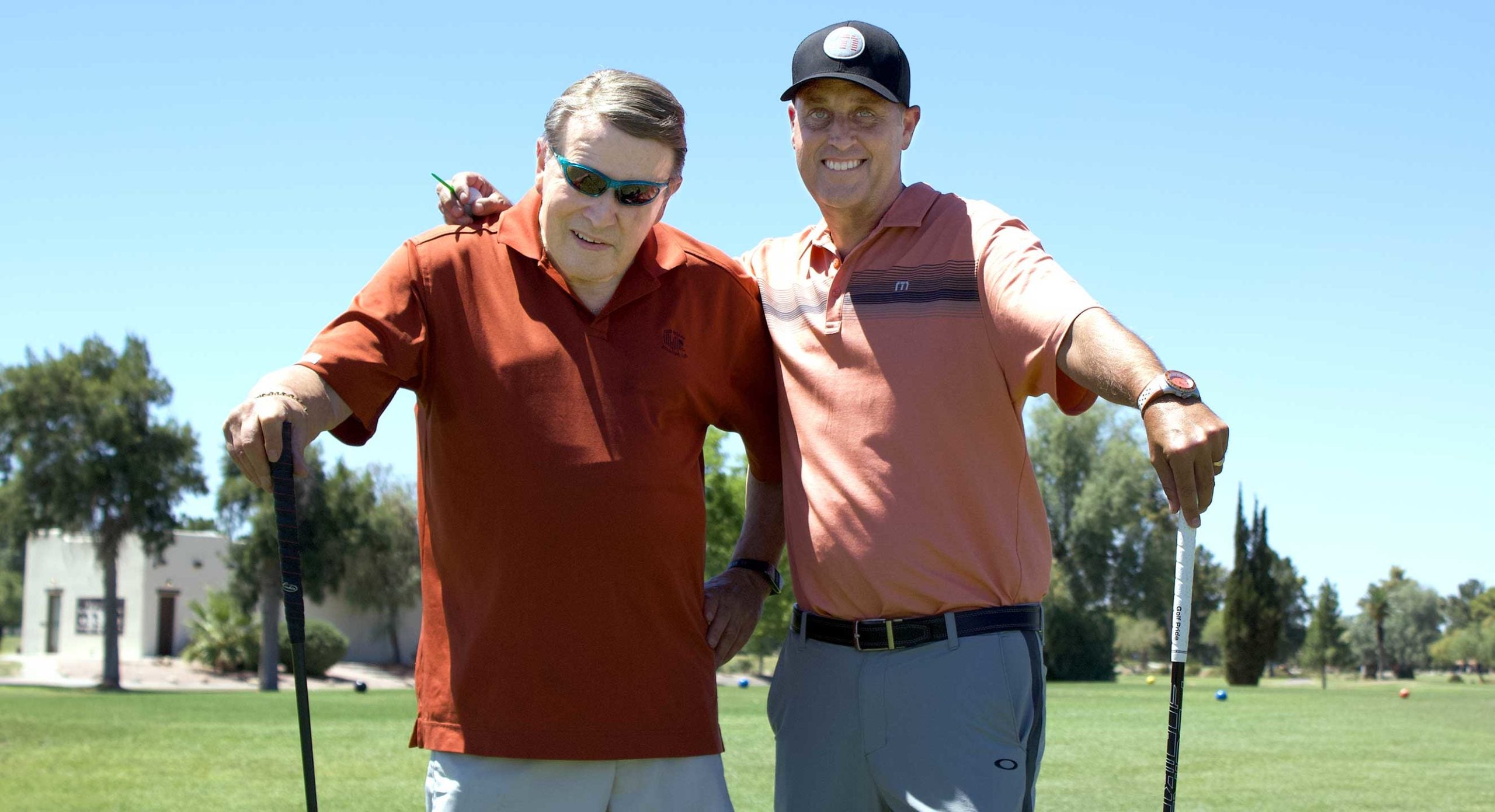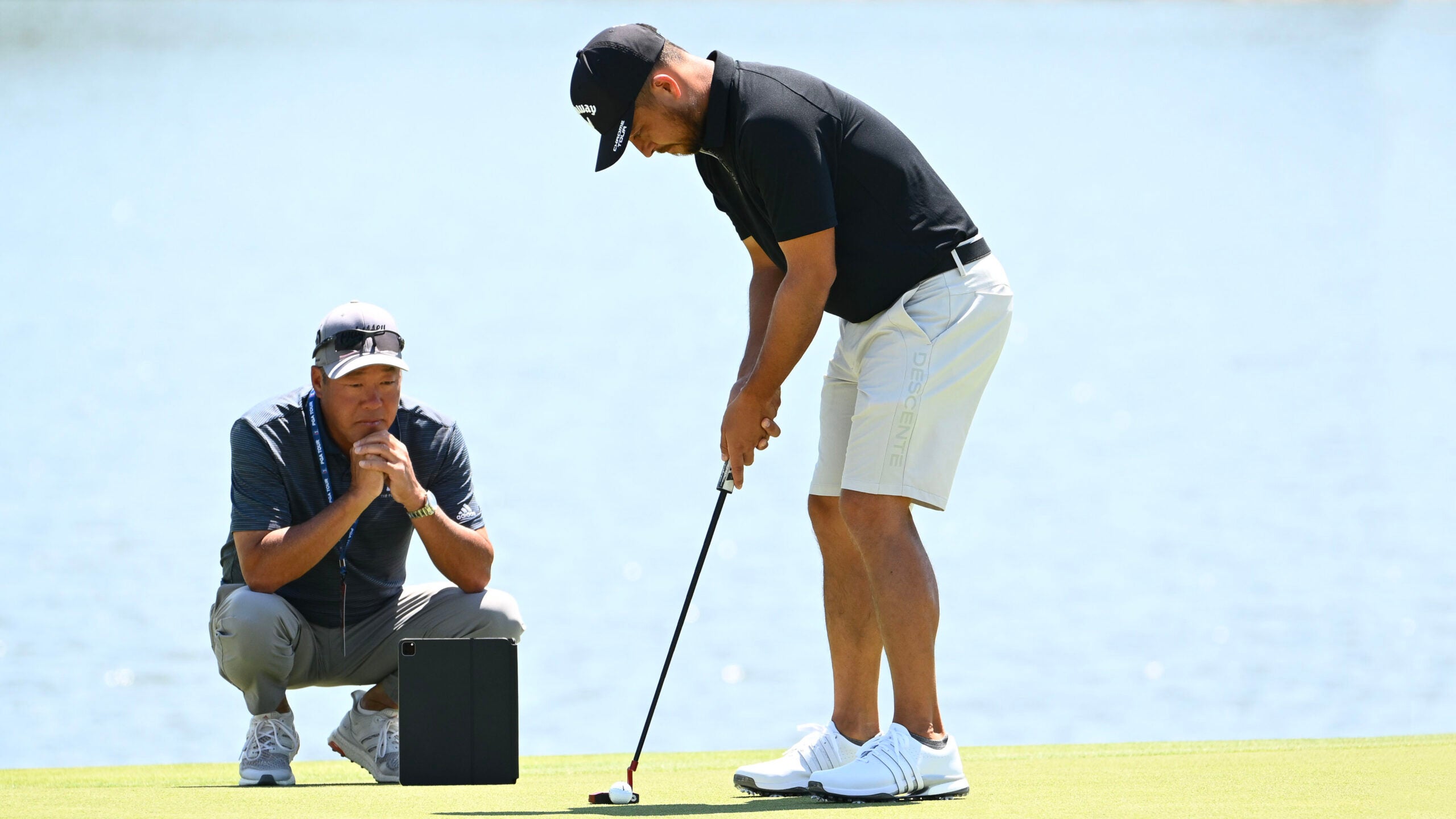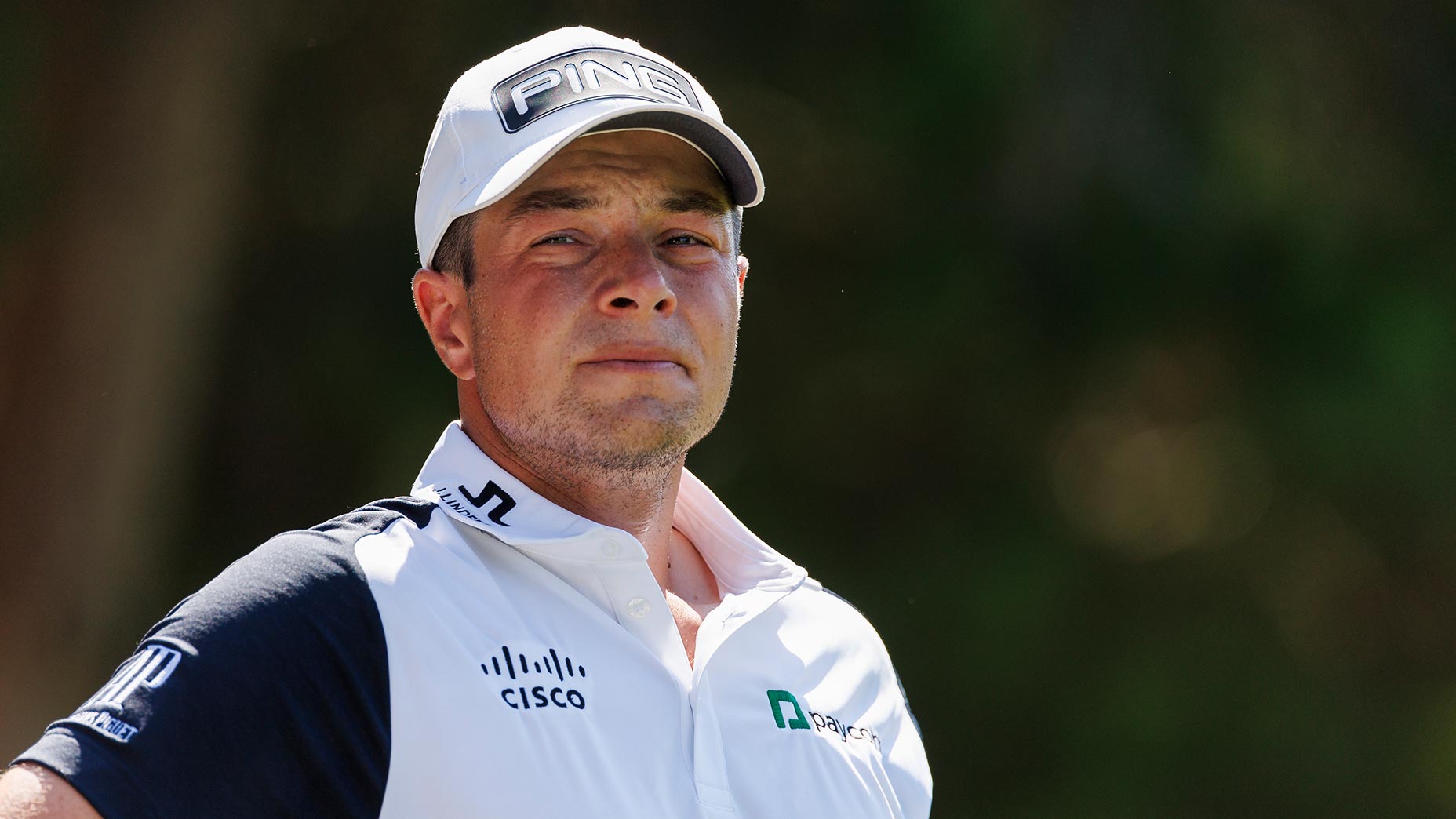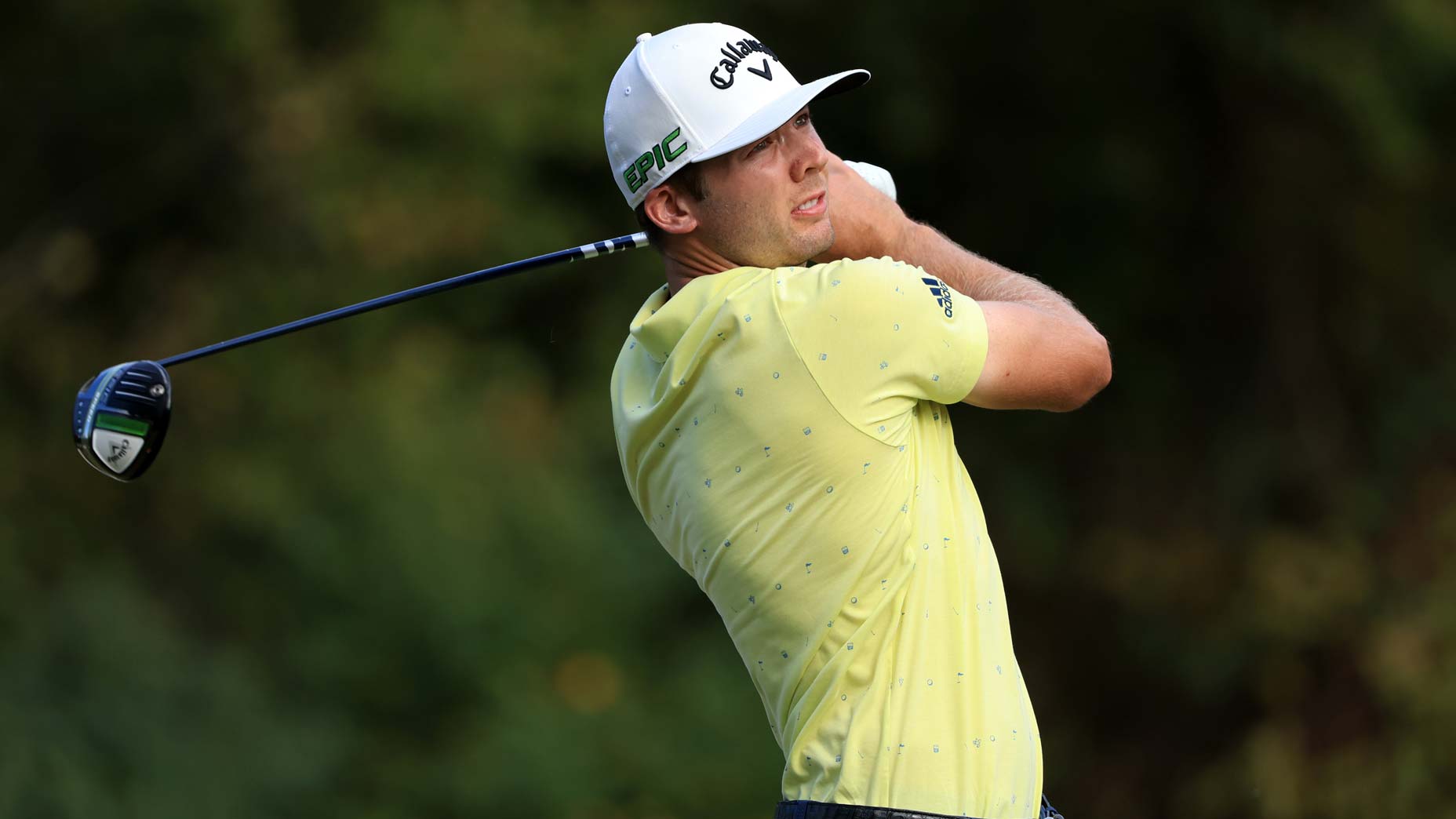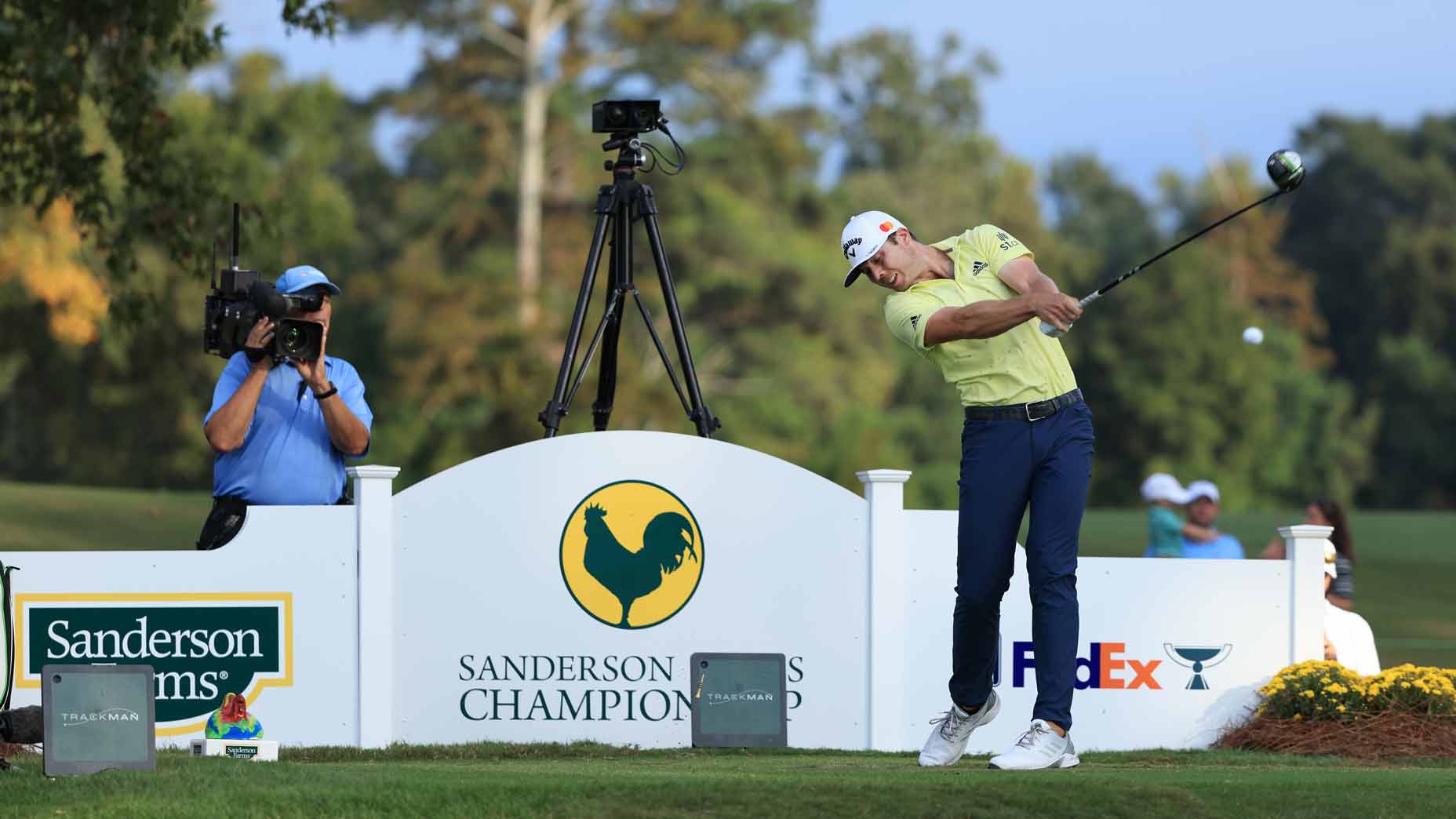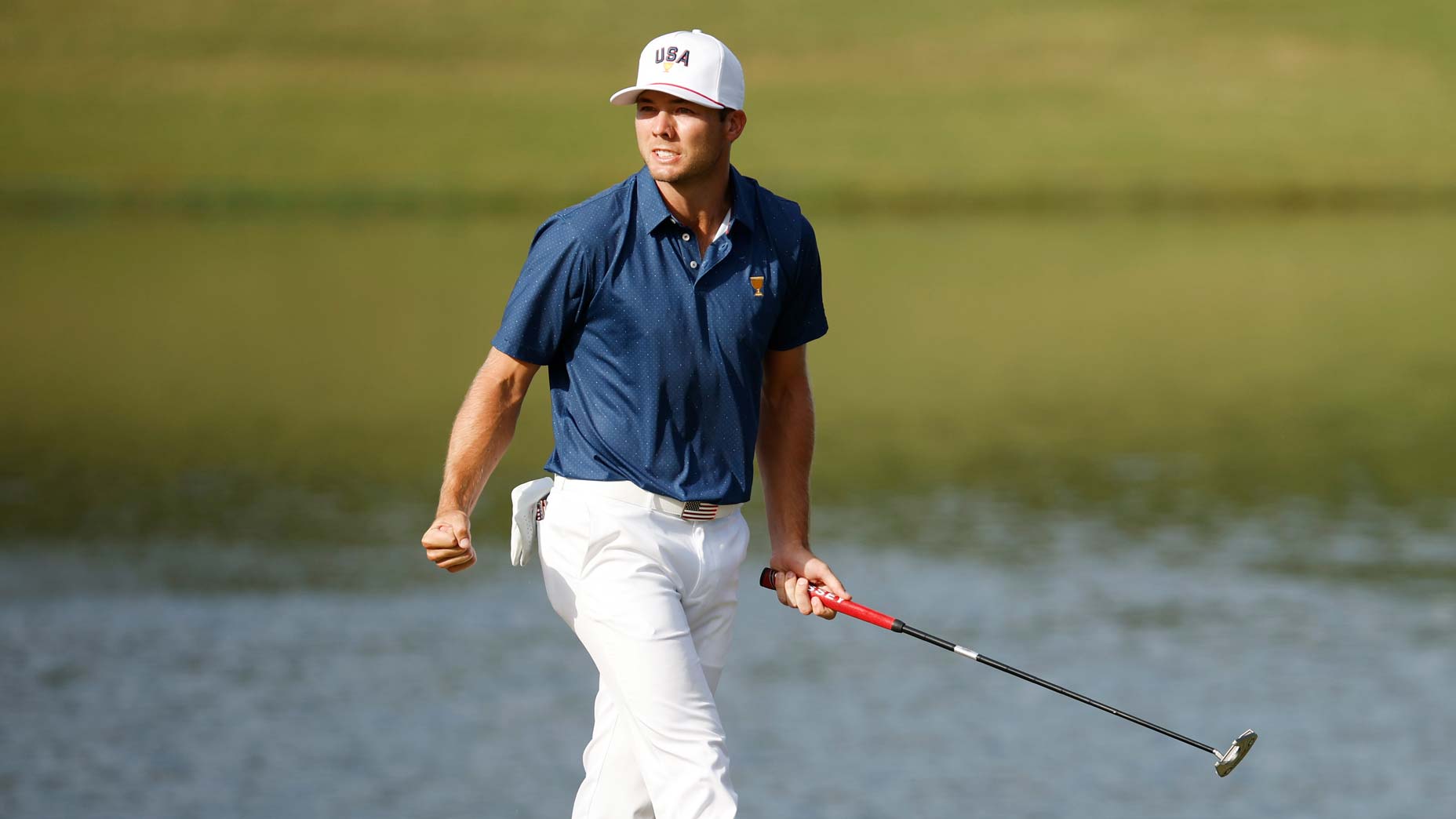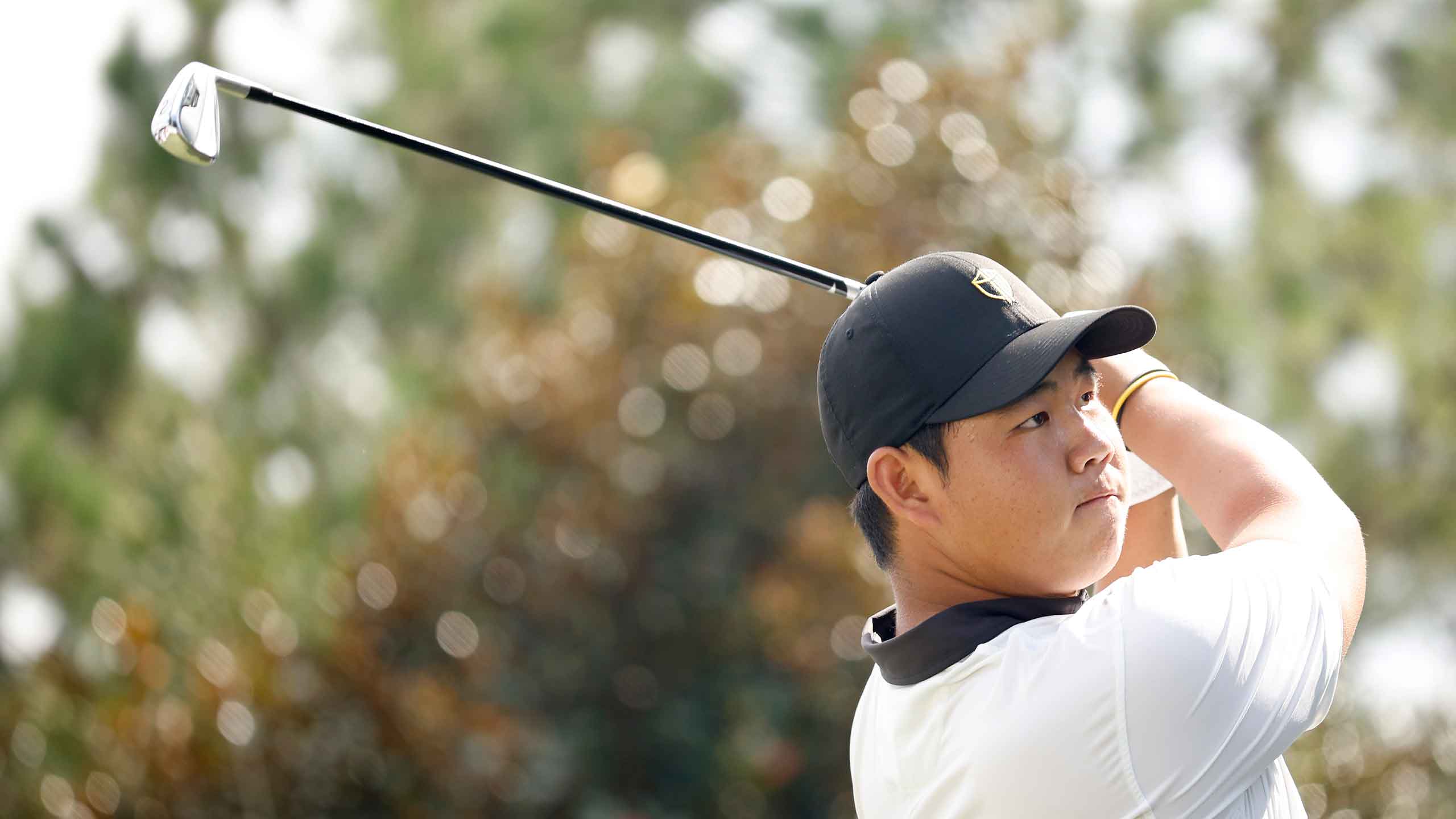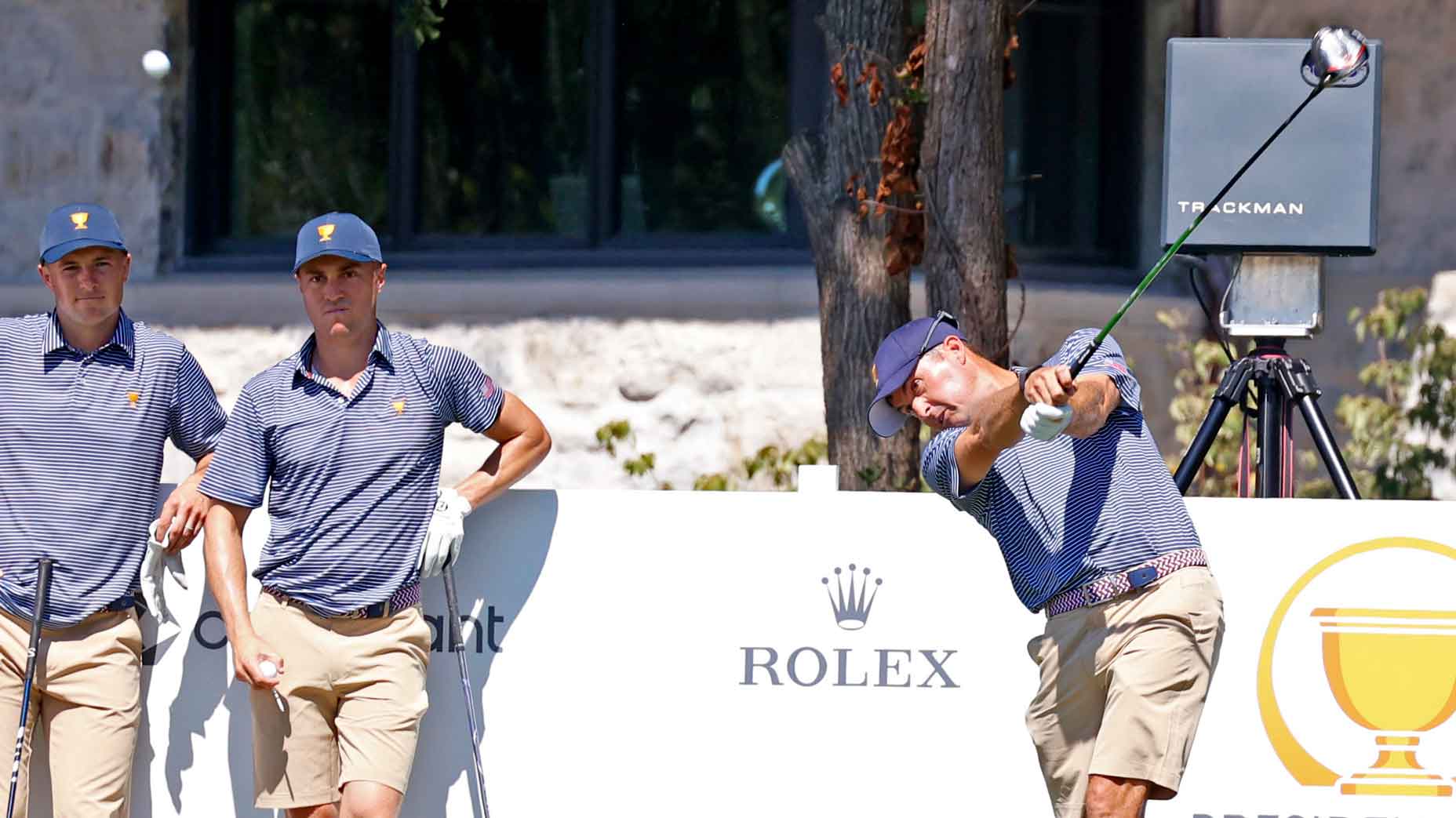On a sweltering June afternoon at Wigwam Golf Resort, outside Phoenix, Mike Boze tracked the flight of his opening tee shot.
Sweat beaded on his brow, and tears welled in his eyes. His ball found the fairway, which is not why Boze felt weepy. At 80, he was back to playing golf for the first time in nine years.
“A dream come true,” Boze said. “I never thought I’d be doing this again.”
For most of his life, the game had been engrained in his weekly routine. But in 2010, around his 70th birthday, Boze noticed that his hands had started shaking. In time, the tremors spread. His balance grew unsteady. On bad days, he could barely raise his arms.
Tests confirmed what doctors suspected: Boze had Parkinson’s disease, a disorder of the central nervous system.
A former collegiate swimmer and ex-Air Force fighter pilot in Vietnam, Boze wasn’t one to give in to physical discomfort. In the high desert around his home in Scottsdale, he kept pegging it with friends at local courses. But it was difficult to walk, much less swing a club. Before long, he was forced to mothball his sticks.
“Giving up the game was painful,” Boze said. “I lost touch with people. I got knocked out of friendships.”
Amicably divorced, with two grown daughters, Boze lived alone and liked it. But that, too, became a struggle he could no longer sustain. In early 2019, he sold his place in Scottsdale and moved to the Glencroft Center for Modern Aging, a senior living community in nearby Glendale.
The relocation came with a whiff of resignation.
“I felt like I was leaving all the good stuff behind,” he said.
Set on 40 tree-lined acres, some 20 minutes northwest of the Phoenix airport, the Glencroft Center is home to more than 900 residents age 62 and older, all receiving customized degrees of care. Picture a college campus, crossed with the film set from “Cocoon.”
You could hear the change in his voice. For so many years, he had so much taken away from him. You could tell that he felt like he had something to look forward to again.
When Boze arrived, settling into a condo in a complex set aside for independent living, the Glencroft Center had just hired Steve Heller, an energetic man in his mid-40s with a background in exercise physiology. At the dawn of his career, in the late 1990s, Heller had trained NFL and NBA prospects before founding Fore-Max Training, a golf-focused fitness program, based in Scottsdale, that attracted a range of talents, from weekend duffers to collegiate stars and PGA Tour stalwarts such as Kevin Streelman and Ricky Barnes.
Heller’s work with golfers — on strength, flexibility, mobility and balance — put him in good stead to help clients with the challenges of aging. At the Glencroft Center, he was tasked with creating a fall-prevention program. Heller recognized this as a crucial mission. But, he thought, why stop there?
“So much of aging care in this country seemed to me to be about keeping people safe in their wheelchairs and their scooters so they could go play bingo or cards,” Heller said. “My feeling was, these people are capable of so much more and eager for so much more. Let’s help them continue doing, or get back to doing, the things they love the most.”
As Heller saw it, Mike Boze was a poster child for this ambition. Soon after they’d first met on the Glencroft Center campus, the two men had discovered their shared love of golf. Boze lit up when they discussed the game. But he only spoke about it in the past tense.
Heller suggested he focus on the future.
“I told him to give me two weeks of working out every day,” Heller said. “Not only would he have better balance, and be moving way more fluidly, but I’d eventually get him making solid contact with a golf ball again.”
Boze was skeptical but told Heller: “If you can pull that off, I’d be forever grateful.”
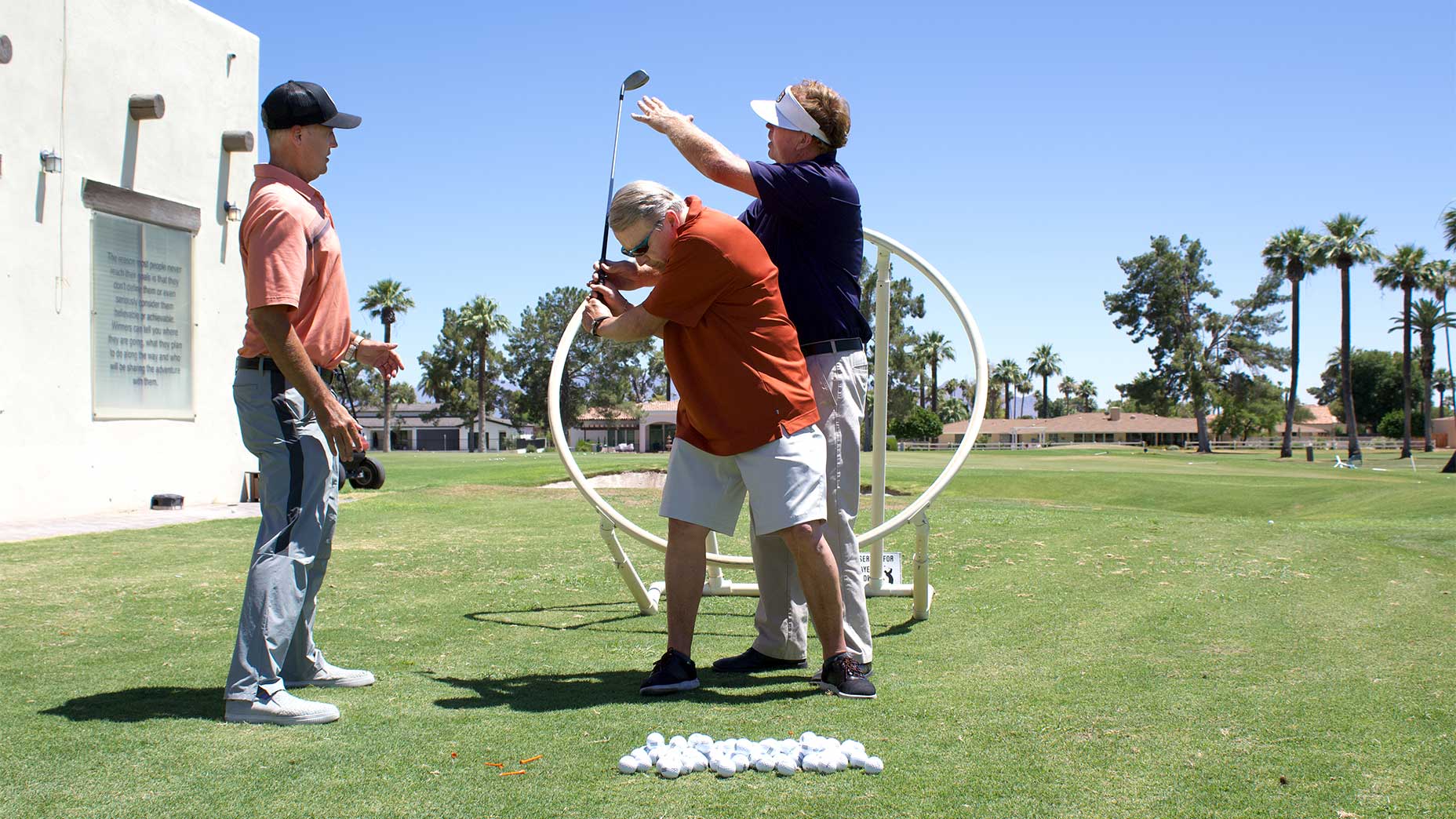
With Boze as inspiration, Heller expanded on his fall-prevention classes, stitching golf-specific movements into the mix. He dusted off equipment from his Fore-Max days — swing fans, impact bags, training aids, weighted clubs — and pushed Boze through modified versions of the same exercises he’d once made Streelman do.
At the same time, through a $20,000 private grant, Heller acquired virtual reality consoles and linked them to golf platforms, providing Boze with an immersive “golf” experience as he worked on getting back to the real thing.
As Heller’s program took shape, it also took a name. At the Glencroft Center, it was christened ZoeLife, a name derived from a Biblical term for pursuing an active and purposeful existence.
It instilled new meaning into Boze’s days.
“You could hear the change in his voice,” Kelly Thomas, Boze’s daughter, said. “For so many years, he had so much taken away from him. It had gotten him really down. Now, suddenly, there was excitement when he talked. You could tell that he felt like he had something to look forward to again.”
Boze’s path forward was not a cakewalk. Heller’s regimen for him involved 90 minutes of daily morning workouts, a challenging routine made more demanding by Boze’s condition. Boze would leave each session feeling loose and limber, but within hours, his muscles would seize up.
“It’s something we see in all our Parkinson’s guys,” Heller said. “The disease just grabs them, and takes over. It becomes a mental battle on top of the physical challenge. There are just so many hurdles they have to clear.”
The Covid-19 crisis further complicated matters, throwing a wrench into daily rhythms. But Boze persisted, making incremental progress with his morning workouts. Within weeks, he was back to chipping golf balls. Within months, he’d regained enough balance to start making full swings.

By then, other Glencroft Center residents had taken notice. Some were also golfers who’d given up the game. A second senior joined Heller’s morning sessions. Then a third. Then a fourth.
Word of the ZoeLife program began to spread. It reached Wigwam Golf Resort, where Warren Schutte, a former Tour pro, runs a golf academy that bears his name. Liking what he heard, Schutte contacted Heller and offered his facility as a practice and training ground for Glencroft Center seniors.
“I run junior programs here, and there’s no doubt in my mind that junior programs are vitally important,” Schutte said. “But just because we’re working with a lot of kids doesn’t mean we should forget about the older population.”
It is, after all, a large pool.
In 2019, golfers 65 and older accounted for 19 percent of the country’s 24.3 million golfers, according to data from the National Golf Foundation. In the coming years, that percentage is expected to grow, as Baby Boomers age into the demographic. How long they’ll stick with golf is another matter. Though exact figures are hard to come by, it’s no secret that every year, large numbers of seniors give up the game due to illness, injury, financial constraints or other reasons. For all the talk of growing the game by bringing newbies to it, less attention goes toward keeping longtime players in it.
“How many others are out there like Mike Boze?” Heller said. “No doubt in my mind. There are a lot.”
Out on the first hole at Wigwam, Boze climbed into a cart. Heller sat beside him at the wheel. June in Arizona. The sun was searing. Boze smiled and shook his head in disbelief. Nearly six months after he’d begun his workouts, and nearly a decade since he’d last struck a shot that counted, he had just split the fairway with a lazy draw. Arriving at his ball, Boze smacked another shot. And then another. The hole was a par-5. Boze reached the green in 4, with 12 feet left for par.
Boze ran his first putt past, then lipped out the come-backer — the sweetest double bogey he had ever recorded. From the heat and the excitement, he felt fatigued already. That wasn’t going to stop him. Riding to the next tee, Boze dabbed his eyes again. Golf had supplied him with a life of memories. Now he was bent on making more.

